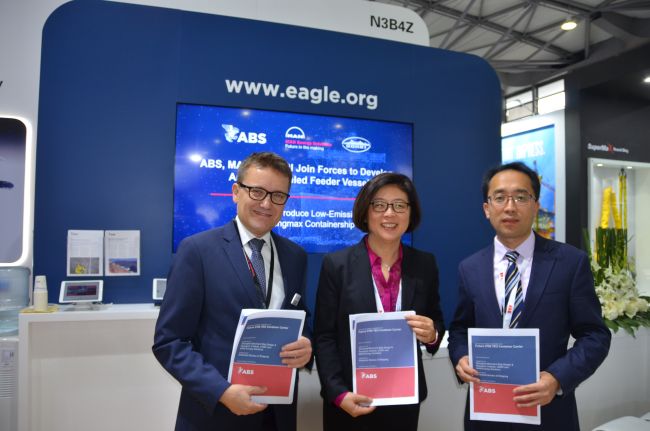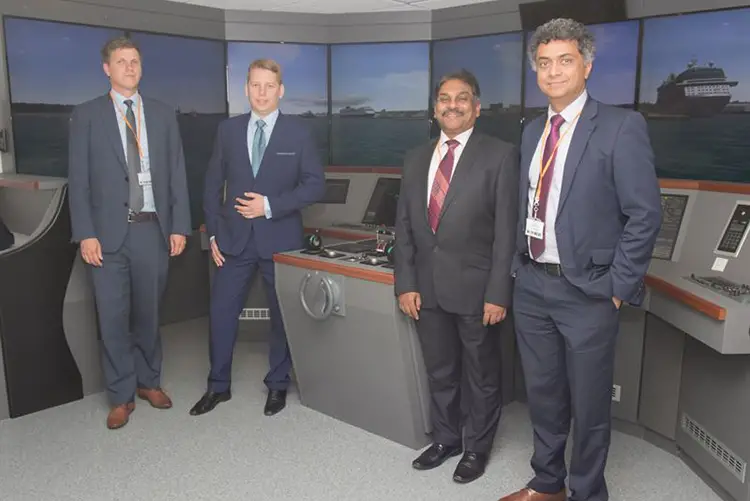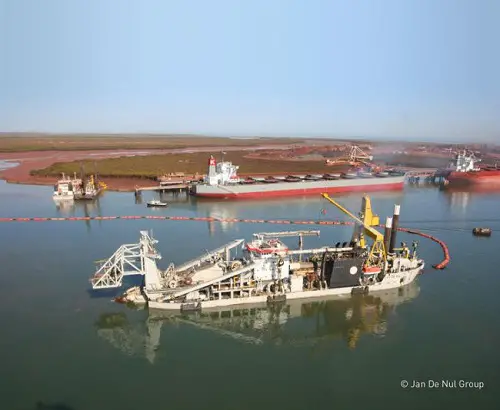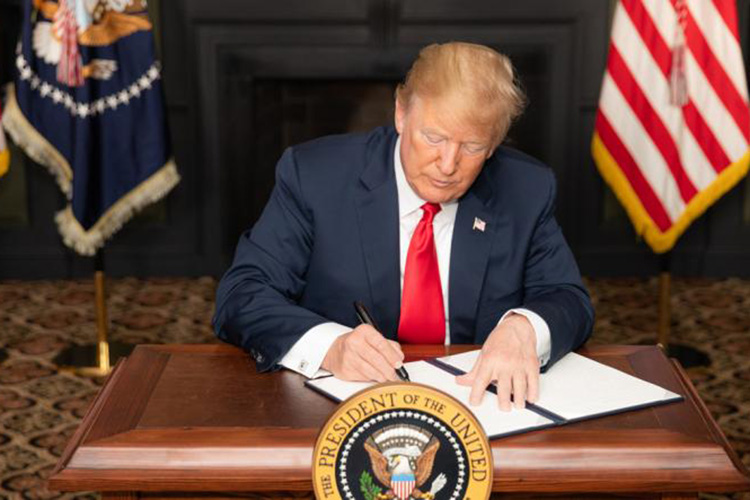MAN Energy Solutions, Corvus Energy nd DNV GL Presented Results Of Study On Hybrid Power Solutions
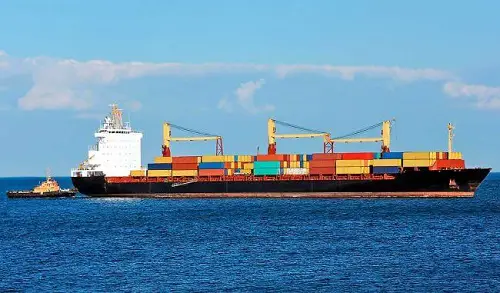
In the recent speaking at the CIMAC conference in Vancouver, Dr Alexander Knafl, MAN Energy Solutions, presented the results of a new study in accordance of tightening regulations on greenhouse gas (GHG) emissions which examines the potential of hybrid power solutions. The result of a cooperation between MAN Energy Solutions, Corvus Energy, and DNV GL, HYCAS examines the effectiveness of cost for hybrid power solutions in a 1,700 TEU container feeder vessel.
The pressure is increasing on the world to reduce its greenhouse gas emissions to prevent a climate crisis. The ambitious task of reducing shipping emissions 50% by 2050, as compared to 2008 has been set by the IMO. MAN Energy Solutions, Corvus Energy and DNV GL worked towards this challenge by studying the potential of using batteries in a container feeder vessel, to check if it is possible to both reduce emissions and save operational costs.
“There were several factors that went into the selection of a container feeder vessel for the study,” said Hans Anton Tvete, DNV GL. “We were looking at where hybrid systems could offer significant efficiency gains, which pointed to operational states with fluctuating power demand. This typically occurs with large consumers such as cranes, pumps, ventilation fans, or manoeuvring equipment, especially in port. Container feeders, with their frequent port stays and increased time in port, are ripe for efficiency gains through the use of hybrid solutions. Also, as this fleet is aging, new tonnage is likely to be on order in the near future,” Tvete said.
“Focusing on a container feeder vessel we were able to generate a typical propulsion power profile from vessel speed data, as well as an artificial time-resolved electrical load profile from the according electrical load table. These are the most important inputs for the MAN simulation tool ECO-ESS. Together with the specific battery and engine characteristics, it is possible to optimize the size of a battery in a hybrid propulsion system for the 2020 and 2030 scenario as an optimum of additional CAPEX and OPEX savings.” says Carina Kern, MAN Energy Solutions.
Two main scenarios were explored by the study, which includes a vessel built in 2020 with a 500kWh battery system replacing one genset used for peak shaving and as a spinning reserve, and a vessel built in 2030, using a much larger 11MWh hybrid system for zero emission port entry and exit. Under the first scenario, with the hybrid power train resulting in an approximately 13% total cost for the vessel, payback times are as low as two to three years. However, the larger system increases the costs of the vessel significantly, meaning that only with a combination of lower prices for the battery system and higher fuel costs than today would the system be economically attractive.
“It is our hope that these study results will increase cargo shipowner confidence in seeking out new energy solutions, as a good economic rationale already exists for supporting auxiliary loads with a hybrid configuration,” said Sean Puchalski, Corvus Energy. “As for the future propulsion scenario, perhaps we will not have to wait until 2030. We are already seeing strong demand for high capacity energy storage systems in passenger vessels. With the right leadership from cargo owners, we may see this translate to the merchant sector sooner than later.”
“Energy storage has proven to be a highly successful way to reduce emissions for several categories of ships,” said Tommy Sletten, Corvus Energy. “If we speed up the adoption of green technology for vessels transporting goods, then we will really get results! Container vessels are often ‘low cost’ vessels and there is a reluctance to invest in green technology without other initiatives in place,” continued Sletten. “To reach the global goal of 50% carbon emission reduction by 2050, strict regulations and various governmental initiatives are required. Initiatives such as funding for new buildings, slot priority in harbors and reduced port fees for vessels with improved environmental systems will help greatly.”
“Energy storage has proven to be a highly successful way to reduce emissions for several categories of ships,” said Tommy Sletten, Corvus Energy. “If we speed up the adoption of green technology for vessels transporting goods, then we will really get results! Container vessels are often ‘low cost’ vessels and there is a reluctance to invest in green technology without other initiatives in place,” continued Sletten. “To reach the global goal of 50% carbon emission reduction by 2050, strict regulations and various governmental initiatives are required. Initiatives such as funding for new buildings, slot priority in harbors and reduced port fees for vessels with improved environmental systems will help greatly.”
Reference: dnvgl.com



